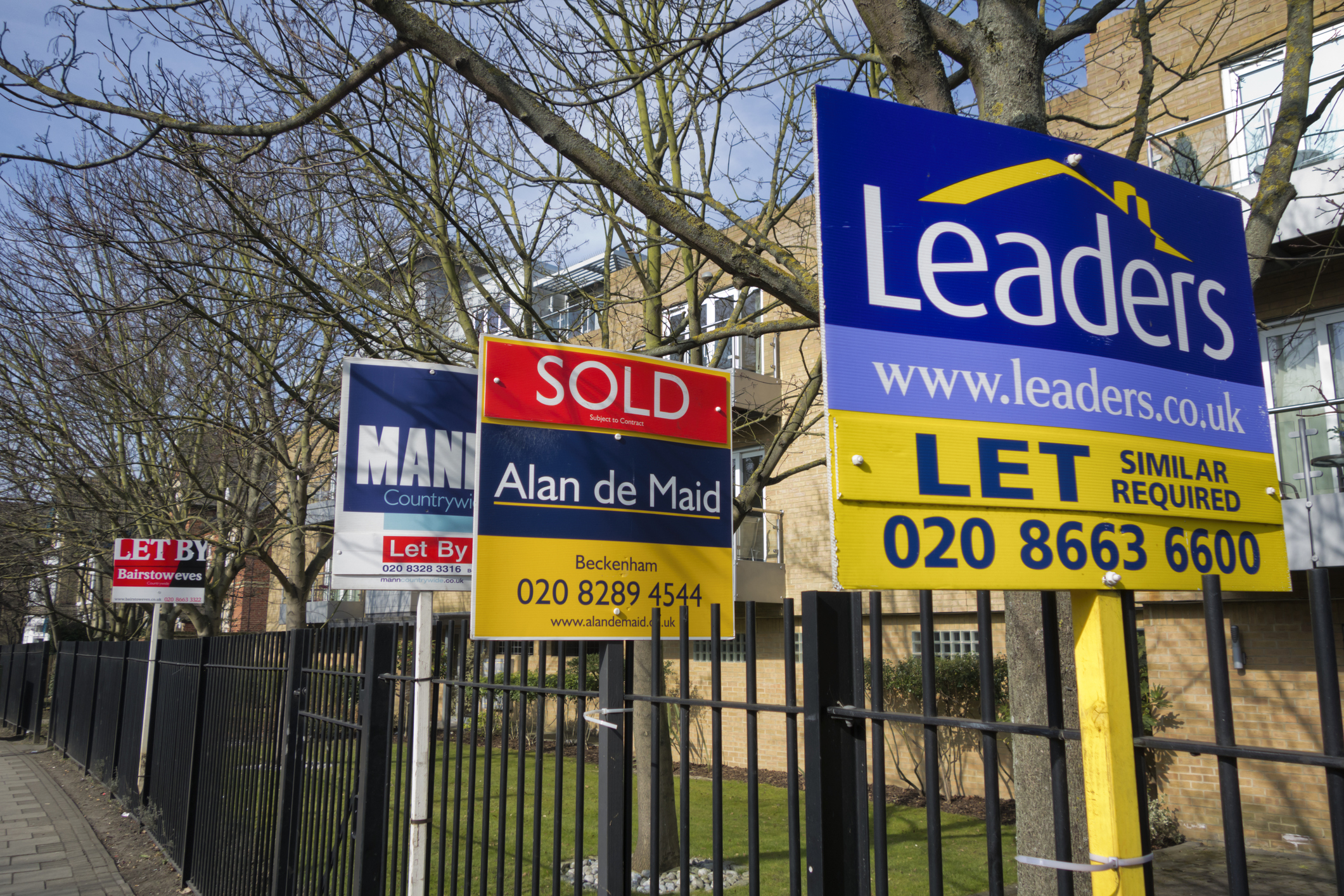
Despite the fact that the UK housing market is under something of a cloud due to Brexit concerns, there is a strong backbone running through the sector. Even though the UK government has increased the tax liabilities associated with buy to let investments, demand for private rental properties is expected to increase for many years to come. There are many factors to take into consideration and reasons to be a little more confident of the UK housing market going forward.
Affordability is an issue
Earlier this year Lloyds Bank issued a very interesting review of the UK property market, highlighting the most affordable and least affordable cities across the country. The results were based simply upon price to earnings ratio which is a strong indicator of affordability. The average UK city home now costs seven times average annual earnings, which is far out of the reach of many people. This is the highest figure since 2007 when the price to earnings multiple came in at 7.5 times. In the depths of the last recession the figure fell to 5.6 times but has increased significantly of late.
Benign wage inflation a problem
Just prior to the Brexit vote, the vast majority of regions in the UK saw average property prices back above the levels of 2007 – at the height of the last boom. The subsequent collapse in economies around the world, in light of the US sub-prime mortgage sector implosion, led to a significant drop in property prices. However, once economies began to steady off we saw renewed demand for property and house prices began to recover.
While average UK house price growth over the last six years has been impressive if not spectacular, the same cannot be said of wage inflation. The 2007 economic downturn caused many businesses to cut staff, cut expenses and many went out of business. Even when the recovery came there was no significant increase in wage inflation and take-home pay. While recent wage inflation figures have been a little more upbeat they still continue to lag the average increase in property prices over the last six years by some margin.
As a consequence, as wages fail to keep up with rising property prices the affordability factor worsens. Even the recent reduction in growth, and reduction in actual London property prices, has failed to have a real impact upon some of the more expensive regions of the UK.
North-South divide
We will now take a look at average house price to earnings ratio figures released as part of the Lloyds Bank report into the UK property market. It will not be long before you see a definite North-South divide.
10 most affordable cities in the UK
1. Stirling, Scotland, a multiple of 4 times earnings
2. Londonderry, Northern Ireland, 4.1 times earnings
3. Bradford, Yorkshire and the Humber, 4.5 times earnings
4. Lancaster, North West, 4.8 times earnings
5. Durham, North East, 5 times earnings
6. Belfast, Northern Ireland, 5.1 times earnings
7. Sunderland, North East, 5.1 times earnings
8. Lisbon, Northern Ireland, 5.1 times earnings
9. Dundee, Scotland, 5.4 times earnings
10. Swansea, Wales, 5.4 times earnings
The fact that there are no cities in London or the South of England in the above list illustrates the North-South divide. This pattern is further strengthened by the:
10 least affordable cities in the UK
1. Oxford, South East, a multiple of 11.5 times earnings
2. Cambridge, East Anglia, 10.5 times earnings
3. London, 10.2 times earnings (up to 14 times earnings and above in some areas)
4. Brighton and Hove, South East, 10.2 times earnings
5. Bath, South West, 10.1 times earnings
6. Winchester, South East, 10 times earnings
7. Truro, South West, 9.3 times earnings
8. Exeter, South West, 9.3 times earnings
9. Southampton, South East, 8.9 times earnings
10. Canterbury, South East, 8.9 times earnings
Conclusion
As homes across the UK become less affordable for first-time buyers this is starving the market of new blood. This has a knock-on effect on those looking to move up the ladder and while the government has promised affordable homes for some time now, like governments before, they are failing to deliver. As a consequence, demand for private rental properties continues to grow, investment in buy to let remains strong despite government tax changes, which is feeding demand for homes. This pushes prices higher and higher, locking more and more people out of the market, creating greater demand for private rental properties, encouraging investment in buy to let assets and the vicious circle begins.

